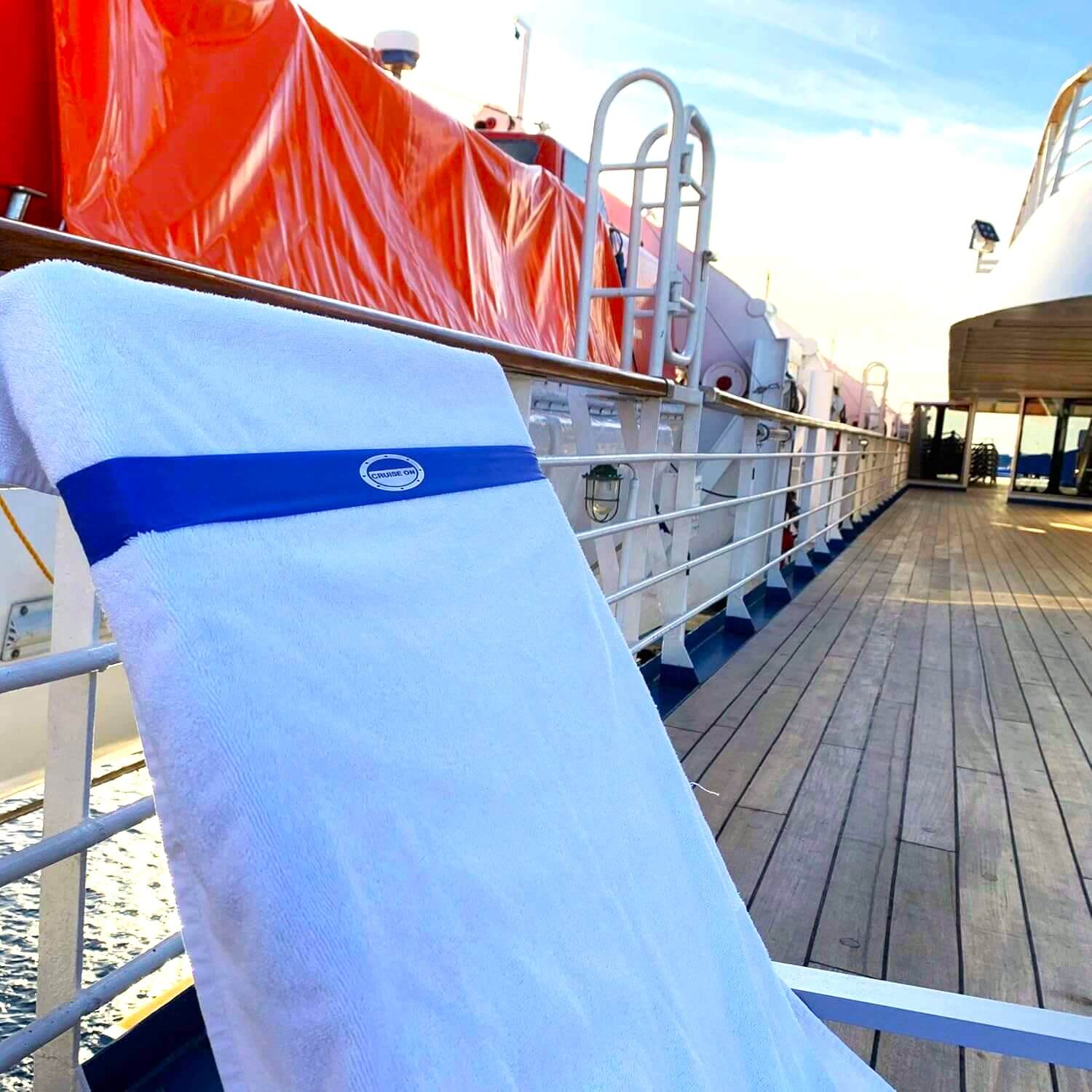We usually see cruise ships as dream places where everything works perfectly and everything is perfectly clean.
However, the reality is quite different. Big cruise ships have many thousands of passengers and staff on board and therefore generate a huge quantity of garbage every day.
Do cruise ships dump their waste into the sea? Regulations do exist, both internationally and locally, but they are not always respected.
Let’s find out what cruises do with their garbage and sewage!
Types of Waste on Cruise Ships
Cruise ships are like floating cities, and just like any city, they produce different types of waste.
In particular, every cruise ship has to deal with sewage (black water), gray water, solid waste, and hazardous materials.
And of course, each type must be managed differently to ensure minimal environmental impact.
Sewage (Black Water)
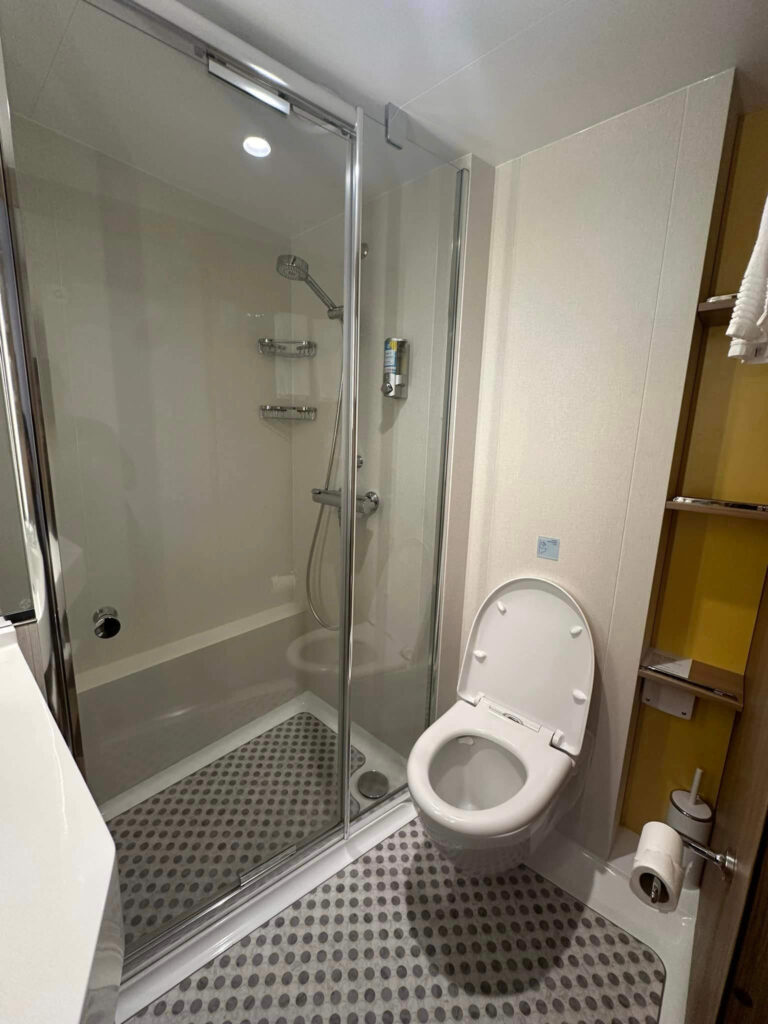
Sewage or black water is the term used to refer to waste from toilets and urinals.
Luckily, modern cruise ships are equipped with advanced sewage treatment plants that can process this waste in a very efficient way.
The treatment process involves multiple stages and includes filtration and disinfection.
Gray Water

Gray water is the term used to describe the waste that comes from sinks, showers, and laundry facilities.
It’s a much safer and less contaminated type of discharge than black water, but it still requires some treatment.
Usually, this water undergoes filtration and sometimes sterilization to remove contaminants.
Solid Waste
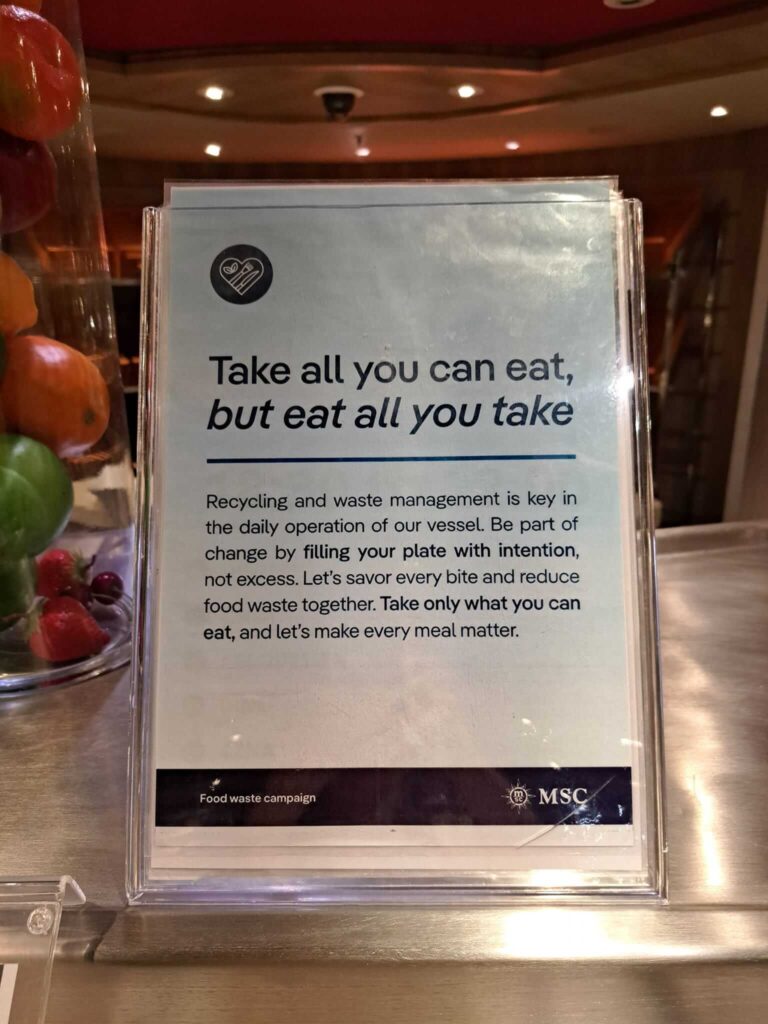
Solid waste includes all the other solid stuff that is usually thrown in the bins.
Unfortunately, cruise ships make a lot of solid waste since a lot of food ends up in the trash.
This is why I always tell you not to overfill your plate at the buffet, and only take what you can finish. We talked about that in the article about the 10 things you must never do at a cruise buffet.
Anyway, to avoid contamination solid waste is meticulously sorted on board.
Recyclables like paper, glass, and plastics are collected and stored in a separate facility until they can be offloaded at ports.
Hazardous Materials
Lastly, hazardous materials are handled with extra care, stored securely, and disposed of in compliance with stringent international regulations to prevent environmental contamination.
This waste usually includes chemicals, batteries, medical waste, pesticides, and paint.
Which wastes are dumped at sea and which are brought to port?
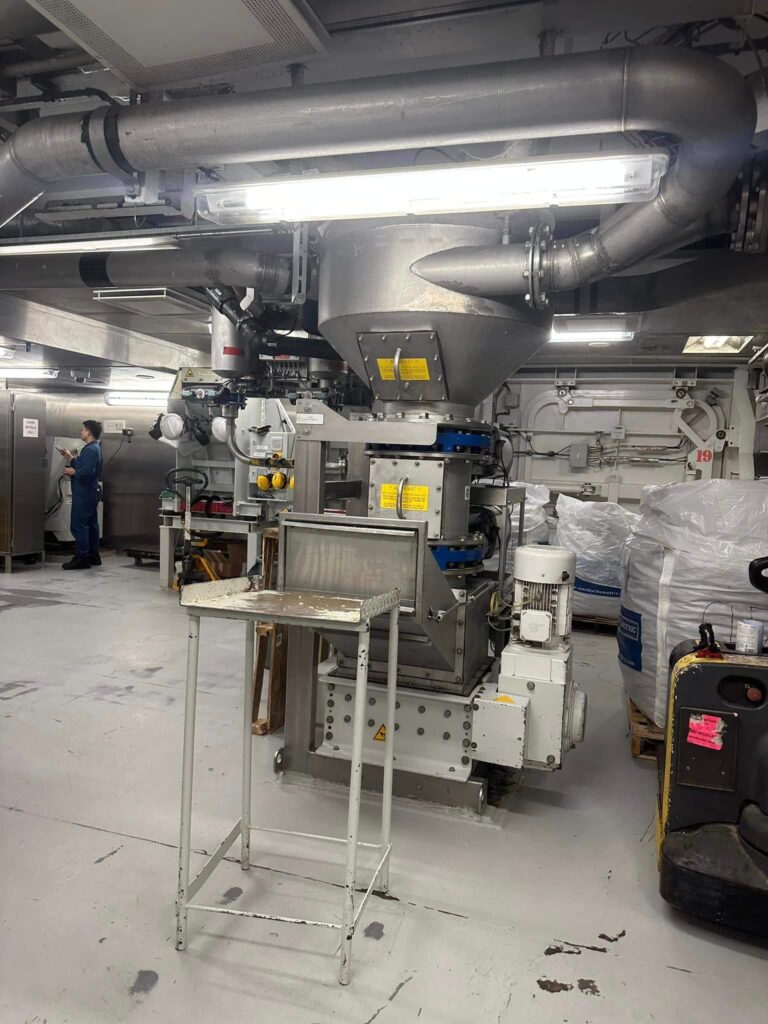
Let’s now talk about the most interesting part: which type of waste is dumped at sea and which one is brought to port?
The cruise industry operates under strict regulations to manage waste responsibly.
The International Maritime Organization (IMO) enforces the MARPOL convention, which sets global standards for preventing pollution from ships.
Additionally, cruise ships must comply with national regulations when operating in specific territorial waters, such as those set by the United States Environmental Protection Agency (EPA) and the Centers for Disease Control and Prevention (CDC).
We talked about that in the article where we saw the ranking of the dirtiest and cleanest cruise ships.
Of course, adherence to these standards means that there may be variations depending on where the ship is located.
Wastes Dumped at Sea
In general, we can say that after biological and chemical treatments, filtration, and UV disinfection, black water can be discharged at sea, typically at least three nautical miles from shore.
Similarly, once treated, gray water can be discharged at sea but at a great distance from shore to minimize environmental impact.
Food waste is often ground and macerated before being discharged into the ocean.
This typically occurs at least 12 nautical miles from shore while the ship is moving at a speed greater than six knots. Some fish may consume this organic waste, but the practice is regulated to minimize environmental harm.
For example, it is important that there is no plastic mixed in or other environmentally harmful materials.
Wastes Brought to Port
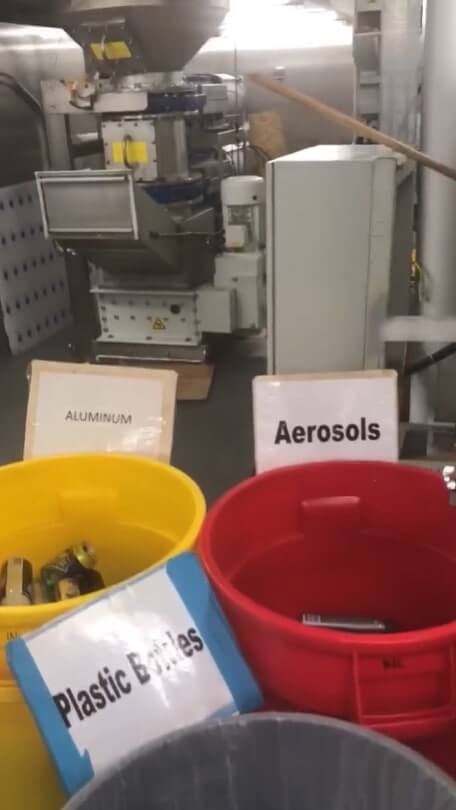
On the contrary, recyclable materials like plastics, paper, glass, and metals, are collected, stored onboard, and then offloaded at ports with appropriate recycling facilities.
Similarly, non-recyclable waste and hazardous waste are stored with care (may be processed to reduce volume) and are brought to ports for proper disposal.
Do some ships dump sewage into the sea without treatment?
No, they don’t, or at least they should not.
Untreated sewage should not be discharged at sea because it has been in contact with biological materials and chemicals.
However, there have been several notable cases where cruise lines have violated environmental regulations regarding waste disposal.
Over the years, it has been discovered that some companies have discharged waste containing plastic into the sea.
In other cases, it has been discovered that they had discharged black and gray water without the necessary treatment.
In short, there have been some companies that have not behaved very well from this point of view, and they received very high fines.
Fortunately, it seems that in recent years all cruise lines are paying much more attention to their environmental impact, so let’s hope that these things will no longer occur and that cruise ships will pollute as little as possible!
I have tried several of them but these are the most durable and sturdy.



